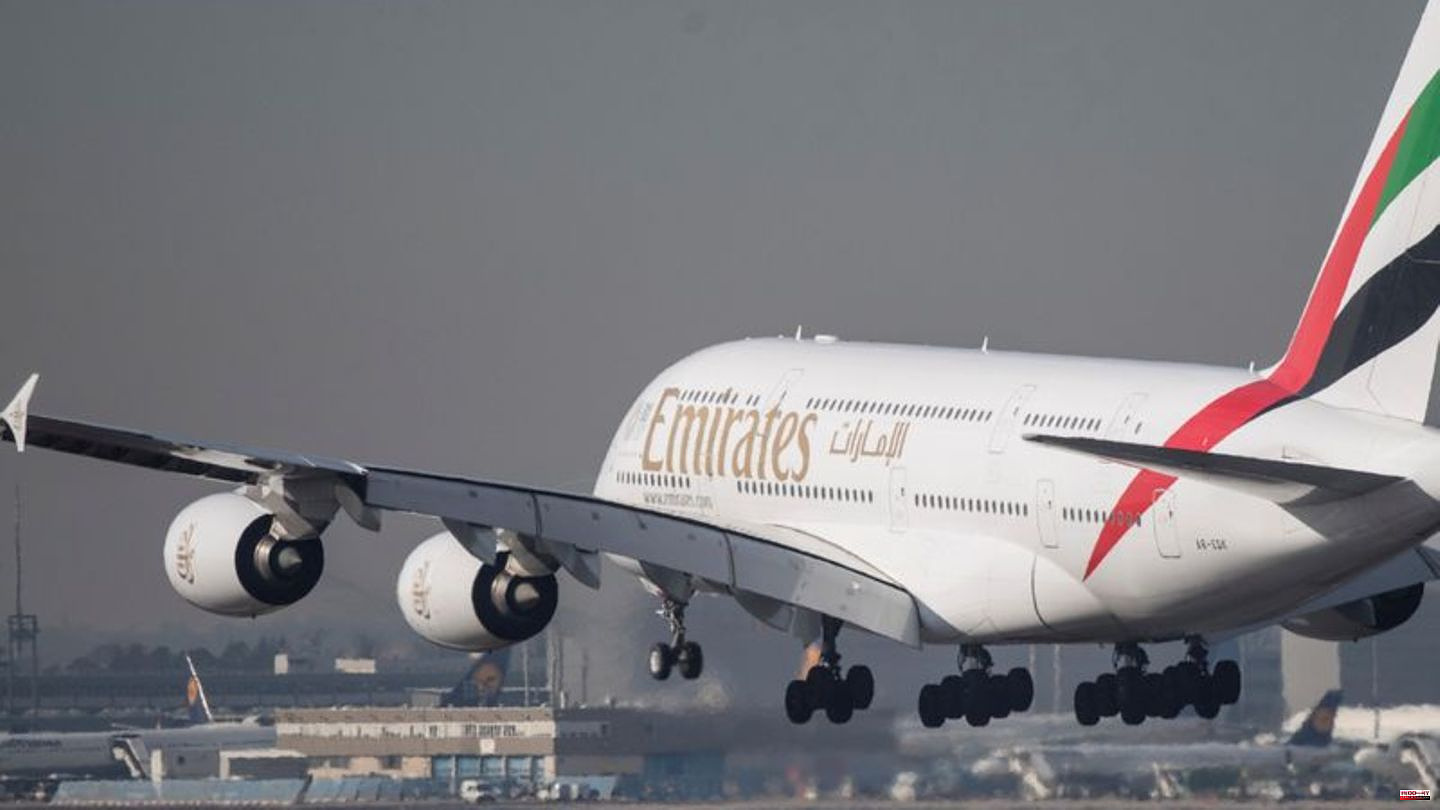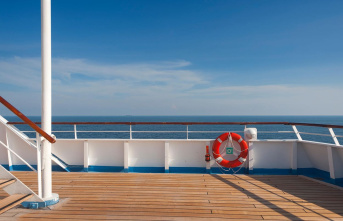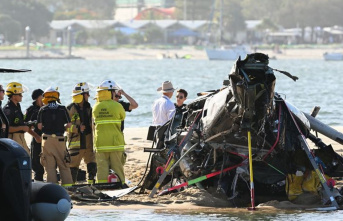The Arab airlines Etihad and Emirates were once again particularly safe on the road last year. In the risk analysis by the Hamburg flight accident agency Jacdec, the two airlines from the United Arab Emirates are ahead of the Dutch KLM, the US JetBlue and the British Easyjet.
Lufthansa took 14th place in the global ranking of the 25 companies with the highest traffic performance. Etihad, not evaluated in 2021, pushed Emirates into second place. Both companies have comparatively young fleets, according to the report published in the aviation magazine "Aero International" (February issue).
After the Russian attack on Ukraine, the Russian airline Aeroflot was devalued significantly and only landed in 25th place. Safety-related reasons for the devaluation included the illegal admission of Western leased jets to the Russian register and the interruption in the supply of spare parts in Russia due to economic sanctions.
How many accidents in 30 years?
The Jacdec Risk Index is based on each airline's accident history over the past 30 years, the country-specific environment in which it operates, and airline-specific risk factors. Theoretically, an index value of 100 is achievable, but even the best companies fall short. The number of passenger kilometers flown by the airlines is important: the more of these an airline covers without an accident, the lower the risk and therefore safer it is in this ranking.
Among the busiest operators in Europe, Finnair achieved the highest index value, followed by KLM and Transavia. The Lufthansa subsidiary Eurowings took 8th place and the holiday airline Condor twelfth. The Lufthansa core company was 15th in this traffic region.
Basically, in the year of the restart after the Corona lull in civil air traffic, an extremely high level of safety was achieved again, said study leader Jan-Arwed Richter. Individual events thus had a particularly strong influence on the statistics.
Most serious accident probably by suicide
The crash of a China Eastern Airlines Boeing 737-800 on March 21 near the southern Chinese city of Wuzhou is said to be the most serious accident of the year. All 132 people on board died. The accident was presumably due to the suicide of the co-pilot. Jacdec relies on insider information, while the Chinese investigative authorities have so far kept a low profile.
Overall, Jacdec registered 19 flight accidents resulting in death last year, in which a total of 233 people lost their lives. That was 60 more deaths than in 2021, when significantly less was flown. The average for the past ten years is 372 deaths.
The Federal Association of the German Aviation Industry (BDL) comes up with slightly different definitions of the aircraft size taken into account twelve accidents with 205 fatalities. The association points to the ever-decreasing probability of dying in a flight from a crash. In the 1970s, statistically, there was one fatality for every 264,000 passengers, but now there was only one victim among almost 16 million passengers. "Flying was 59 times safer in 2022 than in the 1970s," concludes the BDL.
These messages seem to have got through to the audience. In Yougov surveys commissioned by the BDL, only around ten percent of those surveyed said they felt unsafe on their last flight. A majority of 53 percent also believed that the plane was the safest mode of transport. The train (26 percent) and the car (11 percent) followed in terms of feeling of security.
According to the airline association Iata, commercial air traffic worldwide only reached almost 71 percent of the passenger volume from the pre-Corona year 2019 last year. For 2023, the organization hopes for a recovery with a good 85 percent of the volume of 2019.












